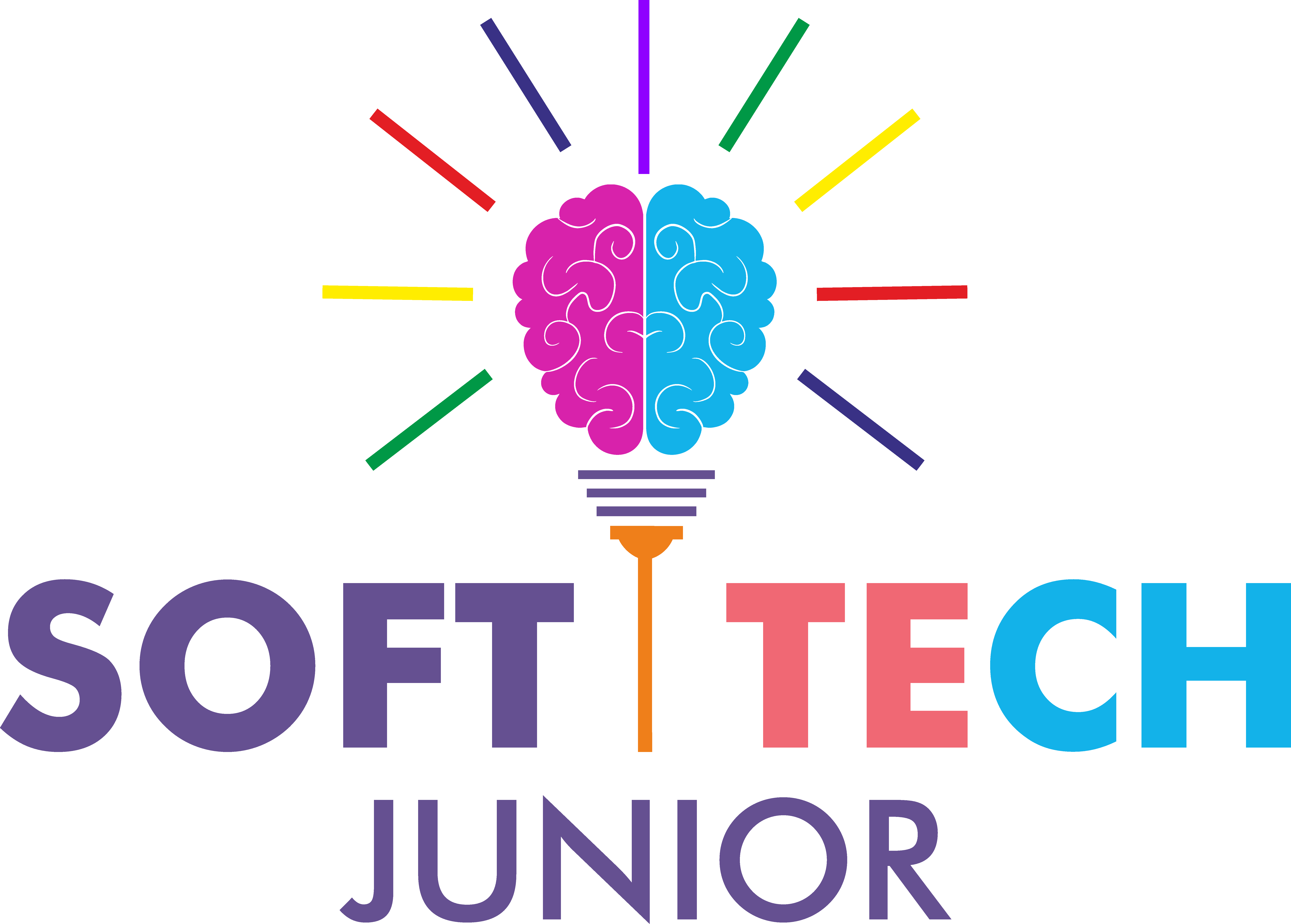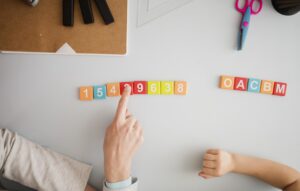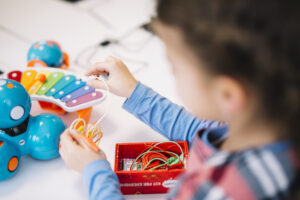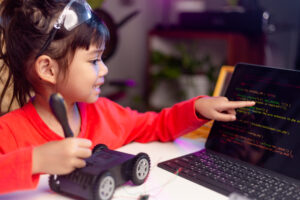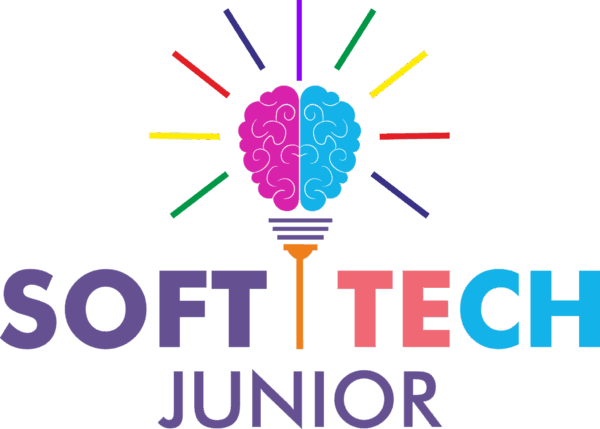The Benefits of for Young Learners
Block-based coding simplifies programming into colorful, drag-and-drop blocks—making it the perfect entry point for kids to learn coding concepts without getting overwhelmed by complex syntax.
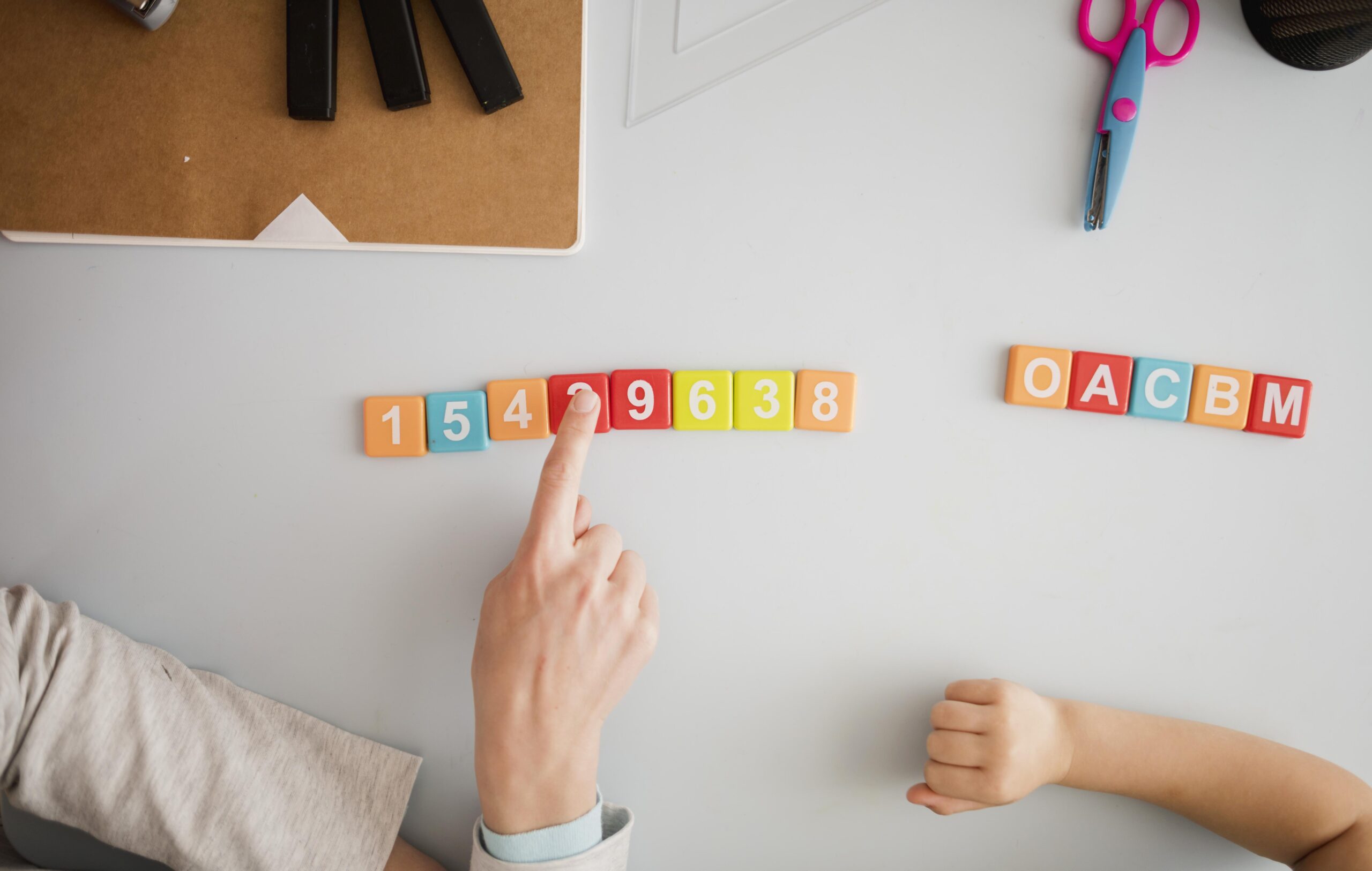
Table of Contents
Introduction
For young learners, diving into the world of coding can feel intimidating—especially when faced with long lines of unfamiliar code. That’s where block-based coding comes in. This beginner-friendly method replaces text-based commands with easy-to-understand blocks that kids can stack together to build games, animations, or apps. Designed to simplify the logic behind programming, block-based coding platforms like Scratch and MIT App Inventor make learning to code fun, visual, and engaging. More importantly, they give children the confidence to explore technology creatively while developing core computational thinking skills.
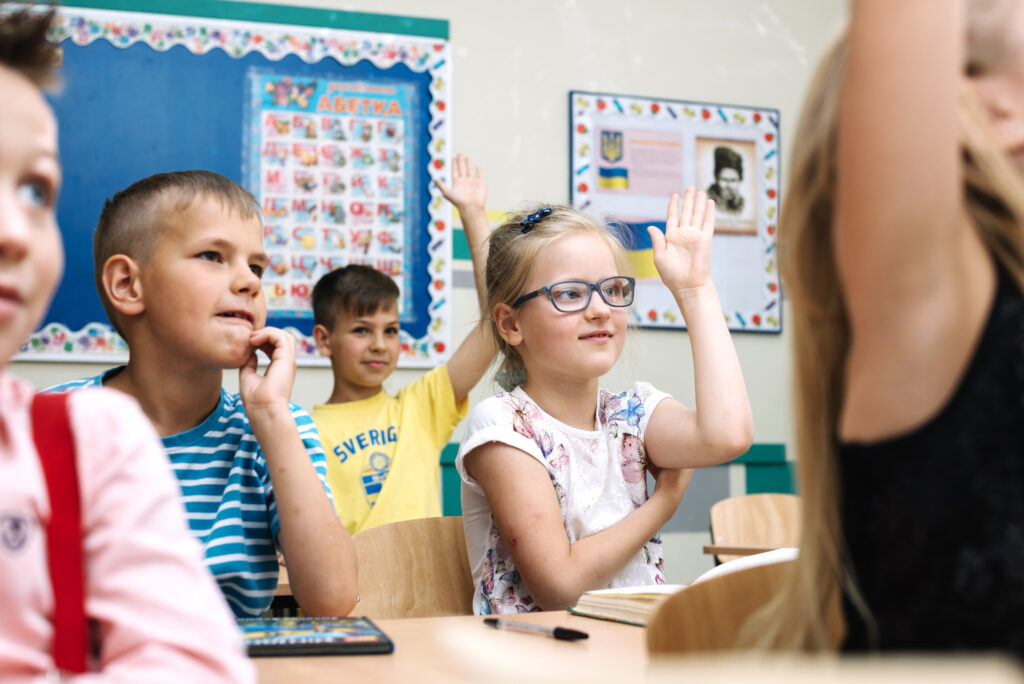
Makes Coding Accessible and Less Intimidating
Strengthens Logical and Computational Thinking

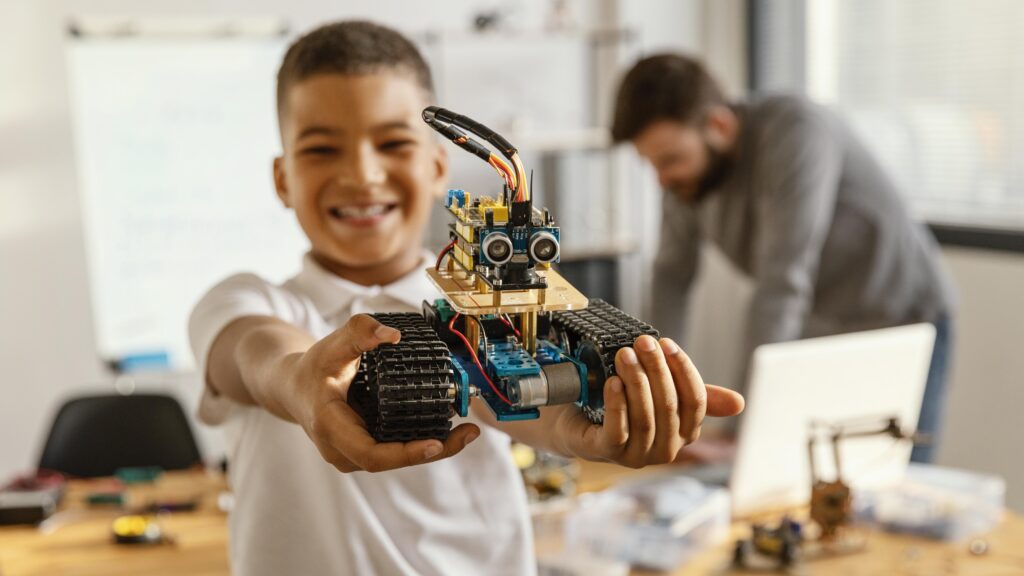
Encourages Experimentation and Creativity
Builds Confidence and Paves the Way for Advanced Learning

The Right Coding Course for Your Child at SoftTech Jr
Block-based coding is more than just an entry-level tool—it’s a powerful way to introduce kids to programming through play, experimentation, and creativity. It teaches logical thinking, encourages innovation, and prepares children for more advanced tech skills in the future. At SoftTech Jr, our coding courses for kids begin with block-based platforms like Scratch and MIT App Inventor, helping children build a solid coding foundation in a fun, structured way. Ready to get your child started? Explore our courses and enroll today to unlock your child’s tech potential!
Fun Robotics Projects to Get Kids Interested in Coding
Robotics makes coding hands-on and exciting, allowing kids to bring their digital ideas into the physical world. Through engaging and beginner-friendly projects, children can learn programming concepts, logic, and problem-solving in a fun and creative way.
Scratch vs. Python: Which is Better for Kids?
Choosing the right coding language for kids can be tricky. Compare Scratch and Python, helping parents understand which one is more suitable for young learners based on age, skill level, and learning outcomes.
How JavaScript Helps Kids Create Interactive Websites & Apps
JavaScript is a powerful language that brings websites and apps to life. From adding animations to making buttons clickable, kids get hands-on with real-world tech skills they can use to build amazing digital projects.
The Benefits of Block-Based Coding for Young Learners
Block-based coding simplifies programming into colorful, drag-and-drop blocks—making it the perfect entry point for kids to learn coding concepts without getting overwhelmed by complex syntax.
How Coding Enhances Problem-Solving and Creativity in Kids
Coding doesn’t just teach kids how to use technology—it helps them develop sharp problem-solving skills and boosts their creative thinking. Through coding, children learn to approach challenges with confidence and curiosity.
Robotics for Kids: The Fun Way to Learn Coding
Coding is an essential skill in today’s digital world, and learning the right programming language can make it fun and accessible for kids.
